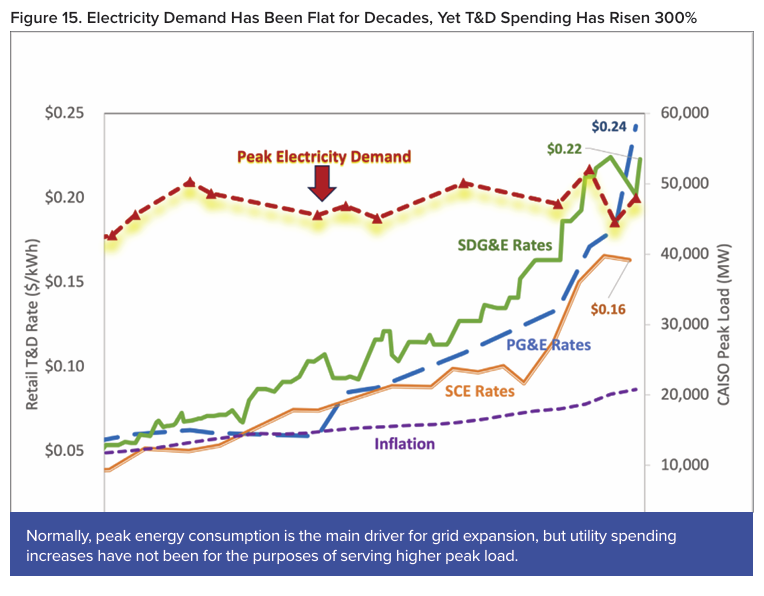Cost Shift: Myth or Fact?
Dear JKB Energy Community,
As you’ve likely noticed, utility rates keep rising – but why? Depending on who you ask, you might get different answers. Utilities blame the cost shift, but what’s the truth behind that reasoning?
First, let’s define “cost shift.” It’s the idea that solar users don’t pay their fair share of costs from the electric grid, and that these costs “shift” to non-solar users. The idea sounds plausible at a glance, but in reality, it’s built on bad assumptions.
The Myth: Solar Users Cost Others Money
The “cost shift” argument hinges on the belief that nearly all grid costs are fixed. Utilities claim that when solar users generate their own power, it passes off more of that fixed cost to non-solar customers. But, when you actually look at the data, it tells a different story.
Energy generation not only helps to create power for the onsite user, but also benefits surrounding ratepayers. If there’s an overproduction that isn’t immediately used onsite and will be sent back to the grid, that exported energy will first be consumed by neighbors, helping with efficiency and alleviating stress on the grid.
A real cause of the energy affordability crisis is the fact that utility spending has increased dramatically. Over the past 8-12 years, spending on infrastructure at the transmission and distribution levels has increased 130%-260%, and rates have been increasing at nearly a 1:1 ratio* (read more here: CALSSA Report February 2025).
The Reality: Solar Saves Everyone Money
Although utility infrastructure spending and rates have been spiking, electricity demand has actually remained relatively flat – thanks to solar customers. Data shows that rooftop solar** has reduced costs for everyone by lessening strain on the grid and pushing off the need for many expensive grid expansion projects. In 2024 alone, solar saved all ratepayers a massive $1.5 billion.
Solar generated behind the meter is not a cost to other ratepayers. California favors and gives rebates for other Energy Efficiency programs, so why is energy generated from solar looked at as a cost? Think of it this way, if you bike to work instead of driving your car, does that cause the gas station to increase prices to cover the loss of gas you didn’t buy? If reducing energy usage from the grid (EE programs) is a cost to utilities, it would amount to a purported cost shift of $17 billion per year (reported 64,000 GWh’s of energy saved from efficiency programs multiplied by the average rate across all customer classes of $0.26).
The Bigger Picture
Understanding the “cost shift” myth is crucial to staying informed on exactly why your rates keep going up. Utilities hang onto the cost shift idea because spending on infrastructure upgrades is what makes them money. More users investing in solar and storage reduces the demand for these upgrades, which directly cuts into the Utility’s profits.
The bottom line – rooftop solar is still an essential part of keeping grid load under control and helping to reduce costs for all ratepayers.
If you’re considering joining in on the benefits of solar and storage, don’t let misinformation slow you down. Reach out today at (209) 668-5303 to see how you can help shape a more energy efficient future.
Warm Regards,
The JKB Energy Team
* Information and graphs in this article gathered from California Solar and Storage Association February 2025 Report: Rooftop Solar Reduces Costs for All Ratepayers.
** “Rooftop solar” is used here to describe any customer-sited solar including ground mount and rooftop systems.


